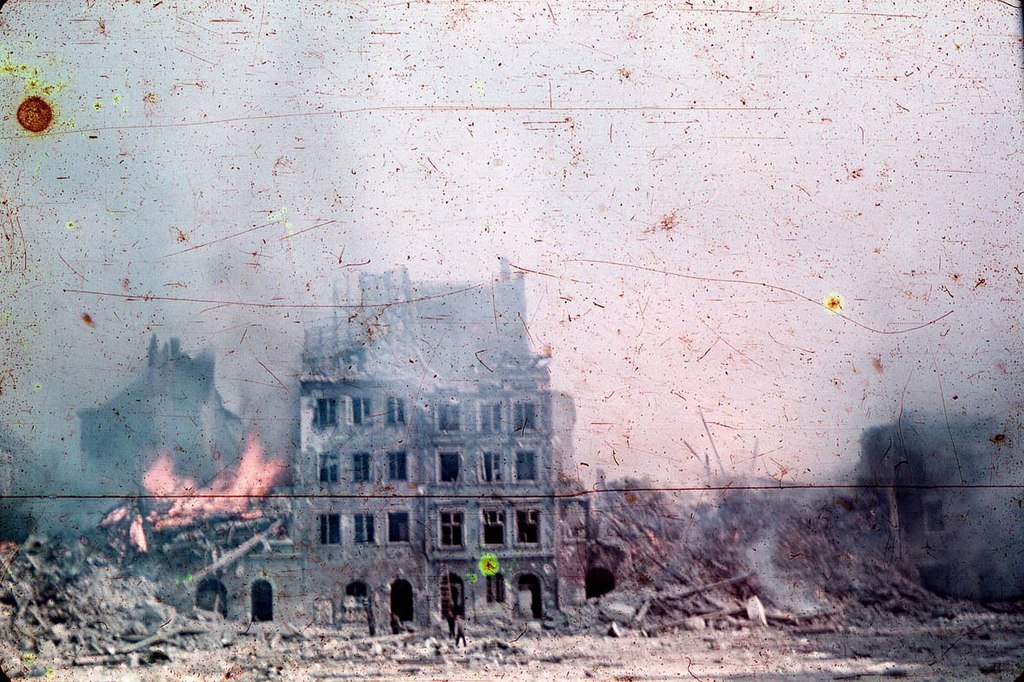
Ewa Faryaszewska (1920-1944)
Public Domain via Wikimedia Commons
On 1 Aug 1944 Poles in Warsaw launched a major uprising against the Nazi occupation. The Soviet Army had advanced to the Vistula River on the eastern suburb of Warsaw prompting the revolt. Polish General Tadeusz Bor-Komorowski, commander of the Home Army (an underground resistance group of around 40,000). The Home Army had ties to the government-in-exile in London, which was anti-communist. The hope was to gain at least partial control of Warsaw before the Soviets arrived.
By this time, the German Army had been pushed back considerably from its gains in Russia. And their taking Warsaw seemed likely. Despite this, Adolf Hitler ordered that the uprising be suppressed at all costs. The Nazi SS directed the defense force and engaged in brutal street fighting. The Polish Home Army fought back hard despite having limited supplies and no support from the Soviet Army (which cause friction between Poland and the Soviet Union for years).
The Red Army did capture several bridgeheads across the Vistula River in preparation to take Warsaw but held back doing anything more. Only under intense pressure from British Prime Minister Winston Churchill and American President Franklin Roosevelt did Stalin relent and allow Allies to drop supplies to the rebels. But it was too late as by that time, both the rebels and the citizens ran out of food, supplies, and medical supplies. The uprising came to an end on 2 October when the remaining forces surrendered. The revolt had lasted 63 days but the cost for both sides was high. An estimated three-fourths of the Home Army died along with 200,000 civilians. The Germans suffered 10,000 dead, 9,000 wounded, and 7,000 missing. In keeping with their dislike of the Polish people (they were seen as just a notch above the Jews but were slated for either slavery or death by the Nazis) the survivors were deported.
Deploying demolition squads, most of the remaining intact buildings in Warsaw would be destroyed over the next several months. All of Warsaw’s treasures were looted, burned, or destroyed. Meanwhile the Red Army sitting outside Warsaw did nothing to stop the Germans. They would not move until January 1945 when their final offensive was launched. On 17 January 1945, the ruins of Warsaw were liberated by the Soviets who faced little or no opposition. Thus, making it easy for them to establish a Communist state in Poland. After suffering from Nazi occupation, the Polish people would suffer a longer one under the Communists.
Sources:
-
The Editors of Encyclopaedia Britannica. (2024f, July 31). Warsaw Uprising | Summary, Dates, & Monument. Encyclopedia Britannica. https://www.britannica.com/event/Warsaw-Uprising
-
Sullivan, M. (2024f, July 31). Warsaw Uprising begins. HISTORY. https://www.history.com/this-day-in-history/warsaw-revolt-begins

